Zhanat Momynkulov: The Organization of Turkic States (OTS) is entering a new phase of institutional maturity.
In my view, the 12th OTS Summit, held in Azerbaijan under the theme “Regional Peace and Security,” signaled a deliberate shift from cultural symbolism to the creation of practical mechanisms for coordination and collective resilience. Geopolitical pressures and fragmentation are driving Turkic nations to form alliances of stability within Eurasia. The OTS is thus emerging as a platform for regional partnership, linking its member states through shared strategic interests. Surrounded by instability (from Ukraine to the Middle East and Afghanistan) this evolving “Turkic security belt” exists at the crossroads of overlapping global interests. For the first time, the summit carefully raised questions on a potential “Security Framework”, a soft institutional mechanism aimed at regular information sharing, joint initiatives against terrorism, cyber and hybrid threats, and the protection of critical infrastructure.
From my perspective, Azerbaijan plays a pivotal role in shaping the summit’s security agenda, advocating for the creation of a Coordination Center for Security and Strategic Studies. Azerbaijani President Ilham Aliyev proposed holding joint military exercises of the member states of the Organization of Turkic States (OTS) in 2026. Baku’s position is notably more open and direct compared to that of other countries: Aliyev views the OTS as one of the emerging centers of global power. This initiative positions Baku as a key driver of institutionalization within the organization and contributes to the development of a new strategic culture among Turkic states, one that defines security not through military buildup, but through political dialogue, mutual trust, and shared responsibility.
In my eyes, the geopolitical positioning of Turkic states shows clear nuances. Azerbaijani media highlighted Baku’s role as a regional moderator and architect, reinforcing its image as a key center of the Turkic world. In contrast, Kazakhstan’s cautious coverage reflects balanced diplomacy, avoiding the framing of the Turkic track as an alternative to its other strategic directions. Astana drew the attention of the summit (probably shaped by Azerbaijani and Turkish priorities) towards cyber security issues as it pursues a strategy of responsible neutrality, where the OTS is one of several diplomatic tools rather than the main axis of foreign policy. Kazakhstan has traditionally focused on economic, investment, and cultural integration, emphasizing the development of artificial intelligence while avoiding rhetoric about a “Turkic bloc” or military-political declarations, a strategy aimed at preserving its multi-vector foreign policy and maintaining balanced information diplomacy.
Several initiatives were proposed by Central Asian states at the summit, including the establishment of a Cybersecurity Council within the OTS to coordinate the actions of member states, the organization of joint meetings of foreign ministers and intelligence chiefs, as well as a number of other measures. This model of cooperation appears flexible and non-confrontational, aimed not at challenging external actors, but at strengthening autonomy, predictability, and strategic trust within the region.
One of the summit’s central priorities is the Trans-Caspian International Transport Route, or Middle Corridor, which connects Central Asia, the South Caucasus, and Europe. The corridor represents the foundation of Turkic transport autonomy and a key element in the evolving Eurasian connectivity landscape. Trump’s interest in the Zangezur Corridor project appears promising in terms of potential investment and international legitimacy, yet it also raises important questions about strategic control, and regional balance. Now the states might focus on the harmonization of tariffs and technical standards, the establishment of a joint coordination mechanism, and the security of ports and transport infrastructure. Together, these measures enhance regional interconnectivity and position the OTS as a strategic axis of the East-West corridor, increasingly supported by major global powers.
From my standpoint, energy cooperation remains a cornerstone of Turkic integration. A coordinated export strategy for oil and gas, linking Kazakhstan, the Caspian region, Azerbaijan, and Turkey, forms a vital foundation for regional connectivity and economic resilience. Alongside this, the digital dimension of integration is expanding through the development of a shared Turkic Digital Space, e-commerce, and enhanced cooperation. Meanwhile, the humanitarian and cultural track continues to serve as a key instrument of the Turkic world’s soft power, reinforcing shared identity and cross-border dialogue.
Thus, the Turkic diplomacy of balance offers a compelling model for regional governance in the 21st century. Despite their differing foreign-policy alignments, OTS members demonstrate a notable degree of pragmatism and strategic flexibility. For Central Asian states, the OTS serves as a tool for foreign-policy diversification, reinforcing their multi-vector approach. For Ankara and Baku, it consolidates their leadership roles within the emerging Eurasian political framework. The OTS provides its members with a geo-economic advantage, positioning them between the EU, Russia, China, the United States, and the Middle East, leveraging vast energy reserves and a young population of over 160 million to promote regional cohesion, trust, and stability.
Sure, persistent challenges remain: including the risk of politicizing Turkic identity or fueling unnecessary competition, continued dependence on external markets and foreign infrastructure financing, and the absence of clear legal and institutional mechanisms for collective defense. Over the next five years, these factors may shape the trajectory of the OTS, as the organization seeks to balance political integration with economic pragmatism and institutional consolidation.
As I see, the Turkic world should be viewed as an emerging space of regional peace, responsibility, and stability. The Gabala Summit is more than a diplomatic gathering, it marks the maturation of Turkic integration. The OTS is transforming from a cultural forum into a strategic platform capable of fostering political autonomy and long-term regional resilience. In a fragmented and unpredictable world, the Turkic nations may offer an alternative paradigm, based on сooperation, pragmatism, and responsibility. This signifies a shift from common identity symbolism to the strategy of becoming a new geopolitical player in a new century. If the OTS succeeds in creating a sustainable mechanism for security and transit cooperation, it will become the solid source of a Eurasian regional structure between the EU, Russia, Islamic world and China.
Share this content:

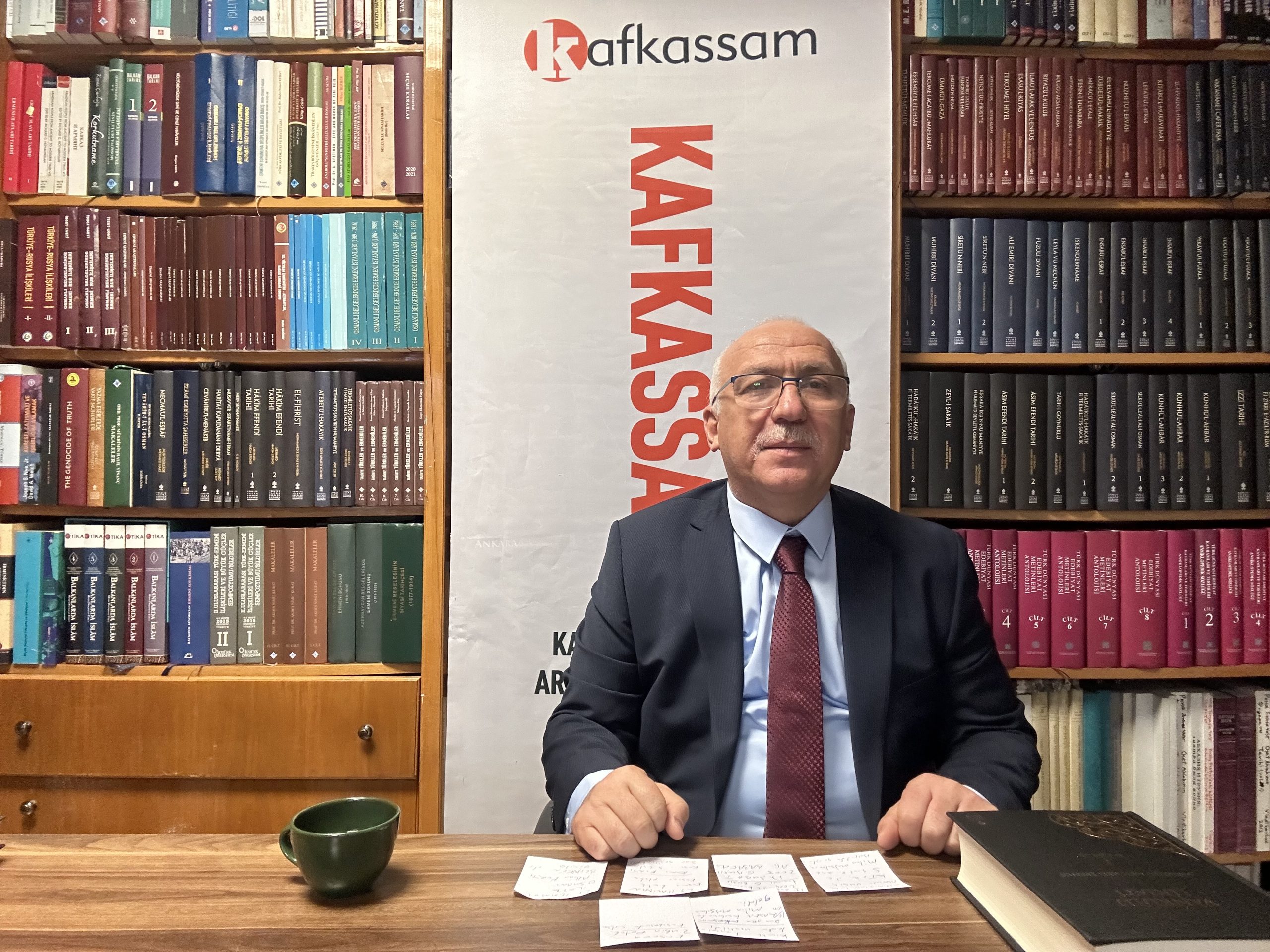
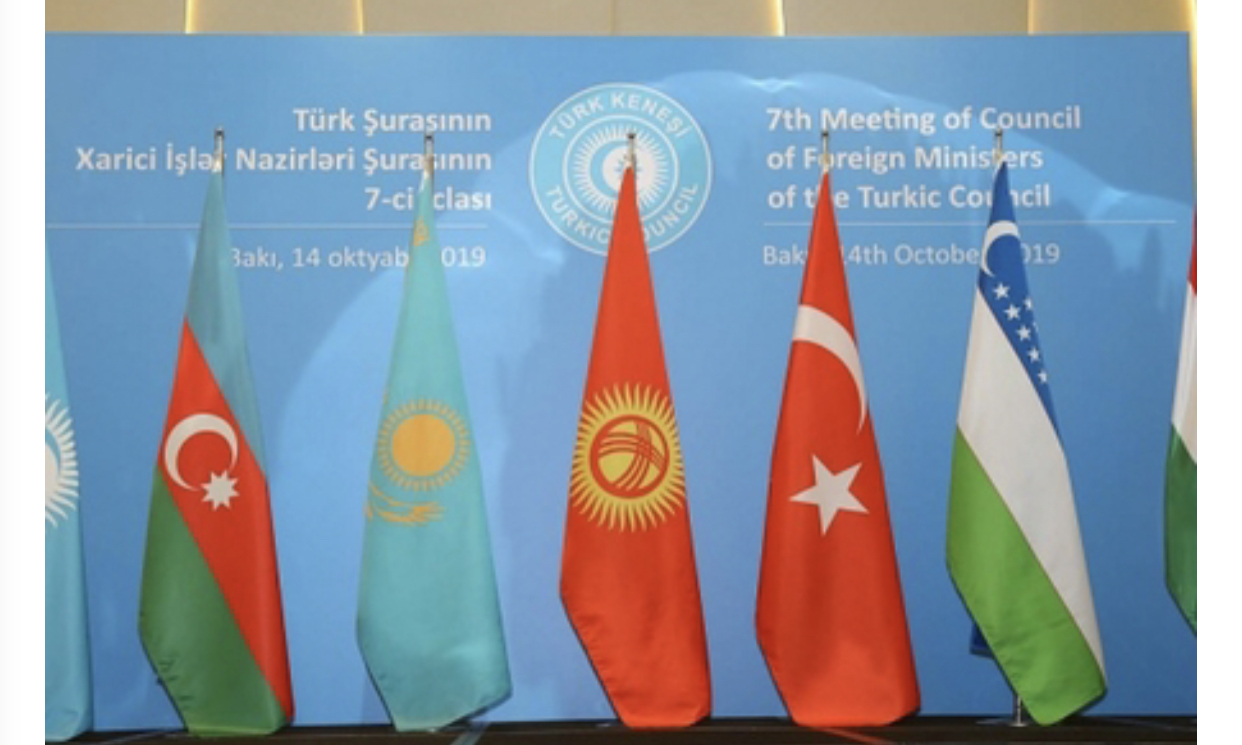
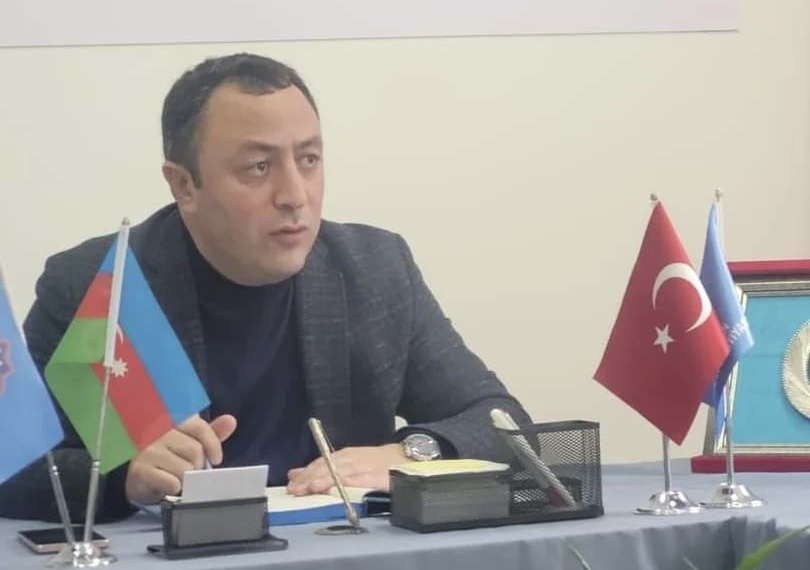
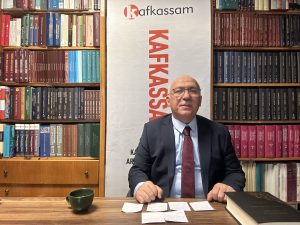
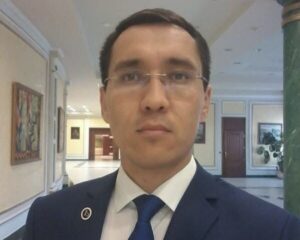
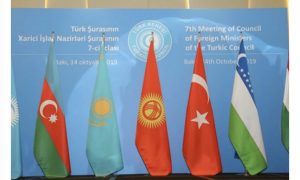


Yorum gönder